Rhubarb /Rheum officinale/ is a deciduous plant that has a straight stem, up to 2 m. Rhubarb, is in the same family as sorrel. It has large ornamental leaves and large fleshy stems with red, white or pink flowers. Rhubarb is a plant that blooms from June to August.
Rhubarb is grown primarily in Western Europe, but unfortunately in some places, its healing properties are better known than its culinary.
History of rhubarb
Rhubarb is transferred from central China to the gardens of England, where it was quickly cultivated. It became so famous that even Moliere pays it attention in his "Healing Love ". The English ate very monotonous food in the 18th century, so many of them suffer from constipation. Their medication they found precisely in the face of rhubarb.
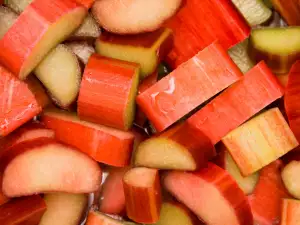
Historians claim that the plant was also known to the ancient Greeks, who called it "Ra". They traded with it, and later the trade reached the Roman Empire. It took about a millennium to reach China and from there, in 1777 to the royal court of England. As can be seen, centuries were needed to turn rhubarb from a healing agent, to an exquisite ingredient in many exotic dishes of the modern kitchen.
Composition of rhubarb
Rhubarb contains connected and free anthraquinones – up to 7% and slightly reduced amounts of anthraquinones. In rhubarb are found reohrizin, hrizofanein, gluco-emodin, aloe-gluco-and gluco-emodin reintegration - they are antrahine glucosides. The usable part of the rhubarb contains large amounts of minerals, pectin, starch and tannins. Rhubarb is very rich in vitamins of the B group, vitamin C, carotene, calcium, sodium, iron and phosphorus.
100 g frozen rhubarb contains 21 calories, 0.11 mg of fat, 1.8 g fiber, 94 ml of water, 1.1. g sugars, 0.55 mg protein, 0 mg cholesterol.
Selecting and storing rhubarb
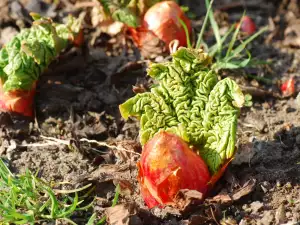
When choosing rhubarb, note that the criteria by which it is measured on looks says that nothing should be different from buying sorrel, dock and all other leafy green vegetables. Rhubarb leaves should be fresh and fragile. Wilted leaves do not contain nutrients, so it is best to avoid them.
If you want to pick rhubarb yourself, look for it in the high meadows, where there is more moisture. In most cases you will find it near the trees. It is characterized by leaves that exceed 40 cm and a nice green color. Know that handles the leaves are not cut and tear with a quick tug on the base. The plant is harvested before it blossomed.
Store rhubarb in a Polyethylene bag inside the fruit and vegetable tray of the fridge. If you want to save it for the winter, do not worry. Just cut and paste it into the bag in the freezer. That way, it will keep most of its nutrients.
Rhubarb in cooking
Rhubarb has a specific sour taste, which makes it ideal for juices and other refreshing drinks. However, it should be noted that in order to kill some of the taste, it should almost always be combined with sugar. Rhubarb stalks are tough when a little raw, so they require steaming for about 10 minutes. Do not worry, because they will become extremely brittle.
It fits in a number of dishes of European cuisine and in recent past, the United States are prepare only desserts from it. Poles prefer to eat rhubarb with spinach and potatoes, it is used to make jams and compotes. It combines very well with vanilla.

Rhubarb is used in the preparation of certain fruit wines. Feel free to add rhubarb in your fresh salad, combine it with yogurt and ginger. Experienced chefs argue that the combination of strawberry and rhubarb is very tasty. Chopped rhubarb is used to flavor broths with it instead of citric acid and vinegar. Rhubarb can be delicious as filling for pie. Rhubarb leaves are used as a spice in the fishing industry.
Benefits of rhubarb
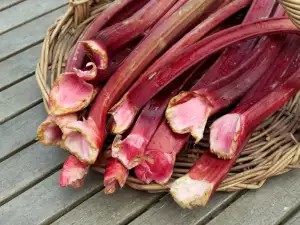
Rhubarb is used to treat gastritis and improve digestion. It increases appetite and improves bowel movements that may have lead to the purification of the body. Rhubarb stimulates the secretion of gastric juice and bile, which accelerates the metabolism. Rhubarb is a great tool in the fight against obesity. It has achieved good results in inflammation and sand in the kidneys, as well as anemia.
Strengthening the digestive muscles is done through the adoption of 0.10 g powdered roots of rhubarb.
The laxative effect of rhubarb is achieved by the intake of 0.50 g, and if you want to use rhubarb as a purgative agent - consume up to 3 grams. Rhubarb roots are included in many laxative preparations.
Dangers of rhubarb
Rhubarb leaves are slightly toxic and contain oxalic acid. However, for intoxication to occur, one needs to consume approximately 5 kg leaves, which is practically impossible. Patients with gout and liver disease should not eat rhubarb.
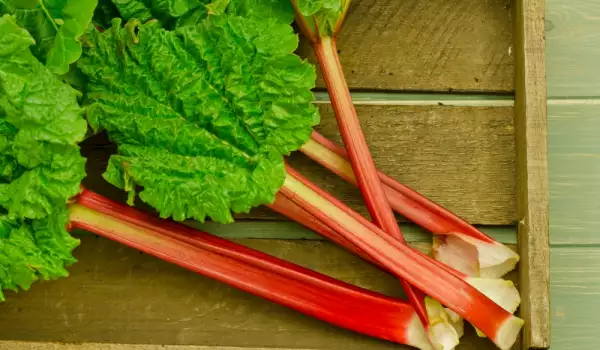
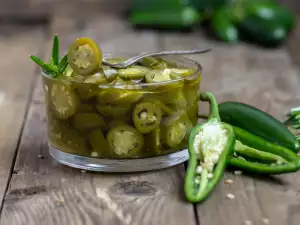
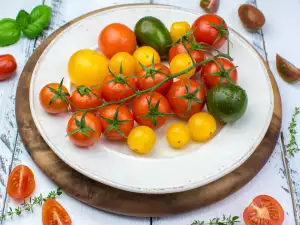
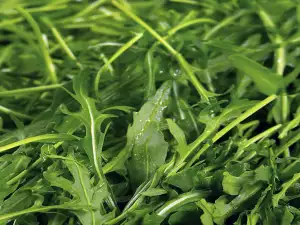
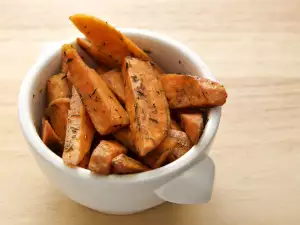
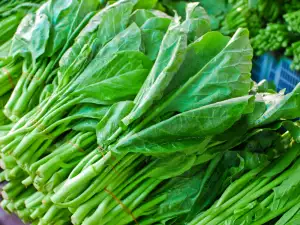
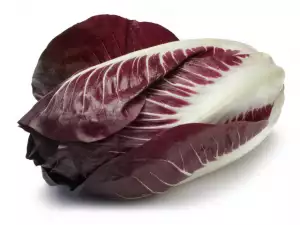
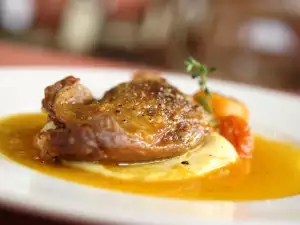
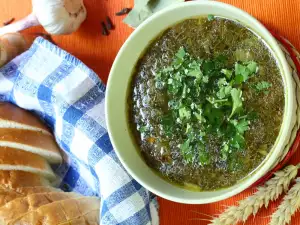
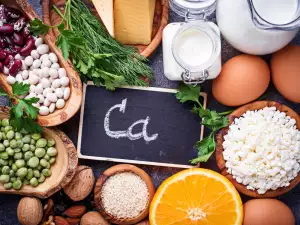

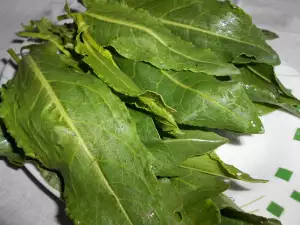
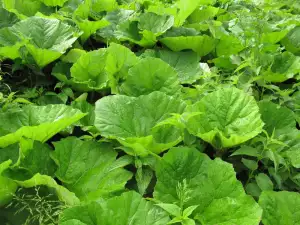
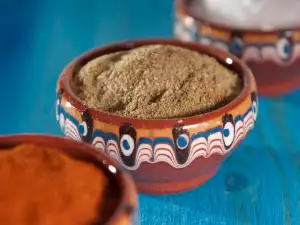
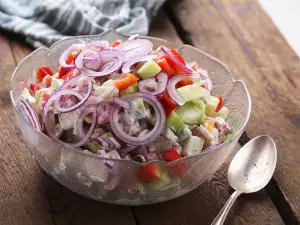




Comments